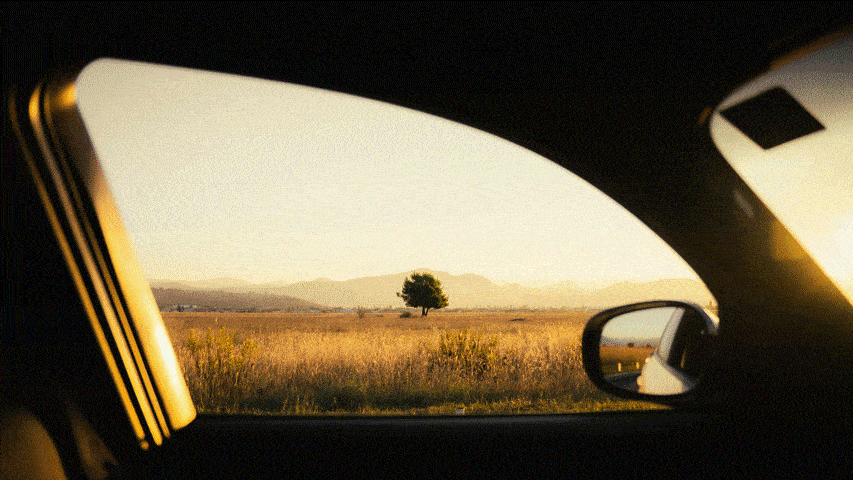
Quickly Move Slowly
When you look sideways from a fast-moving vehicle, everything can blur into a speeding haze. At the exact same speed, looking ahead, the path forward is far clearer.
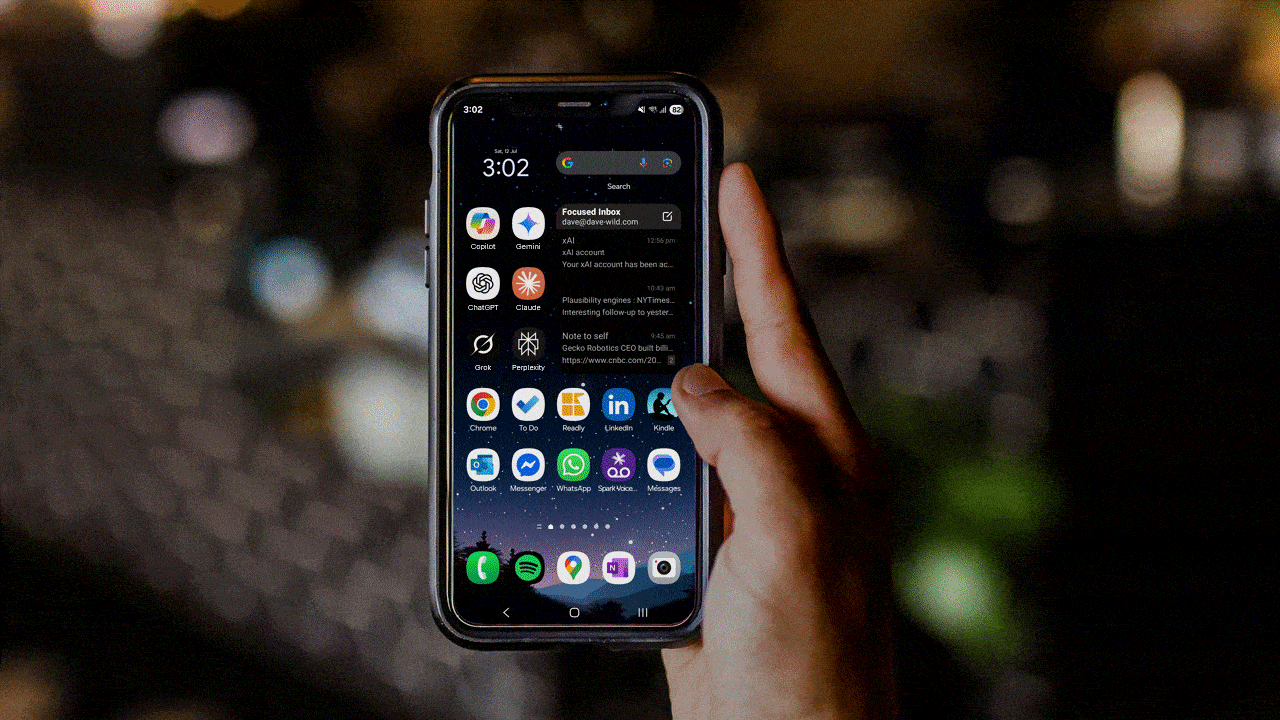
Change Your Future
Technology changes are hard. Human changes are even harder. Beginning with ourselves. My default habit was to search, even though the world was changing.
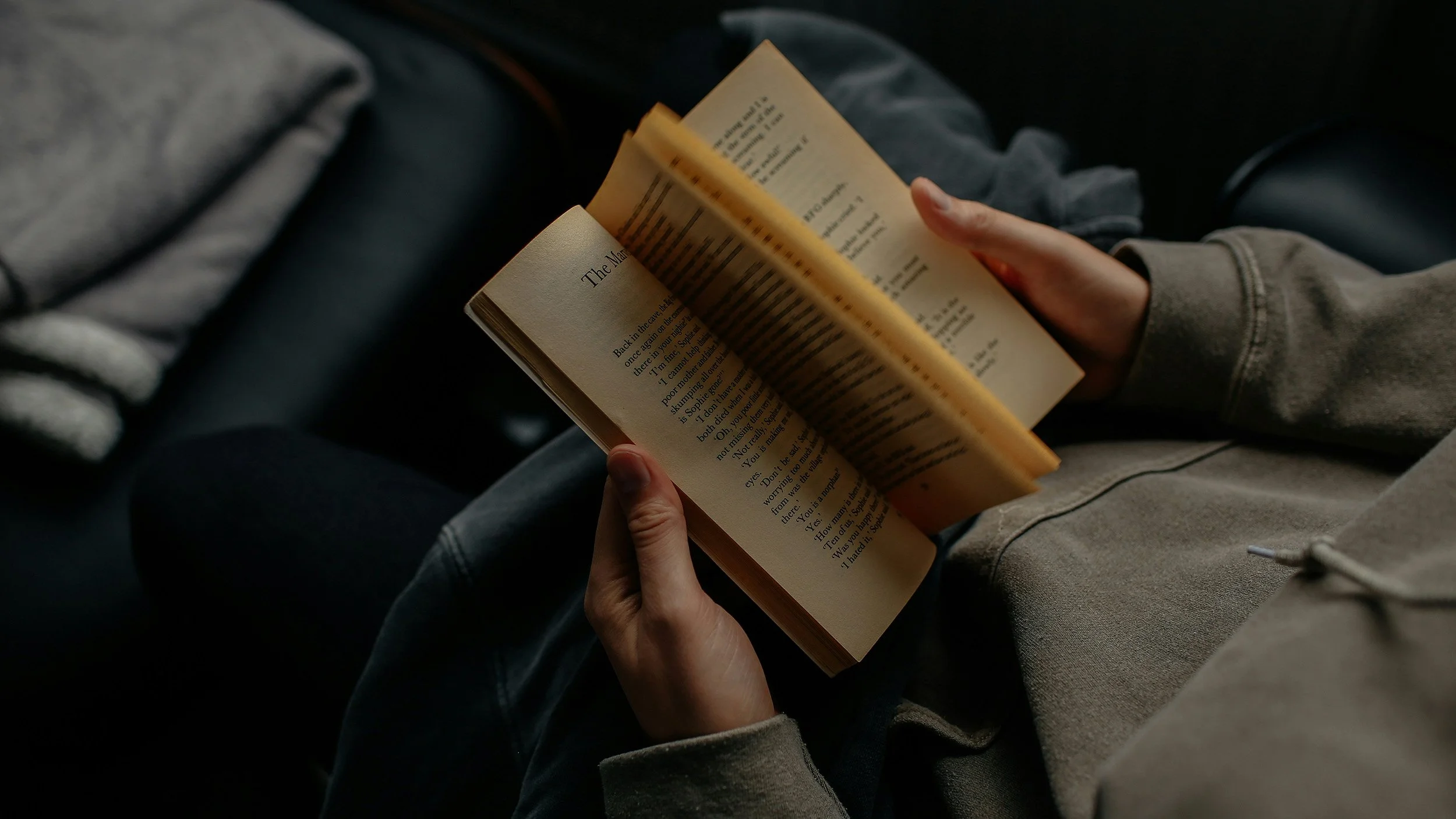
Words Matter
In an age where our AIs now know millions of word fragments across multiple languages – more than your mind can ever hold – my advice is to… Relax. Don’t stress.
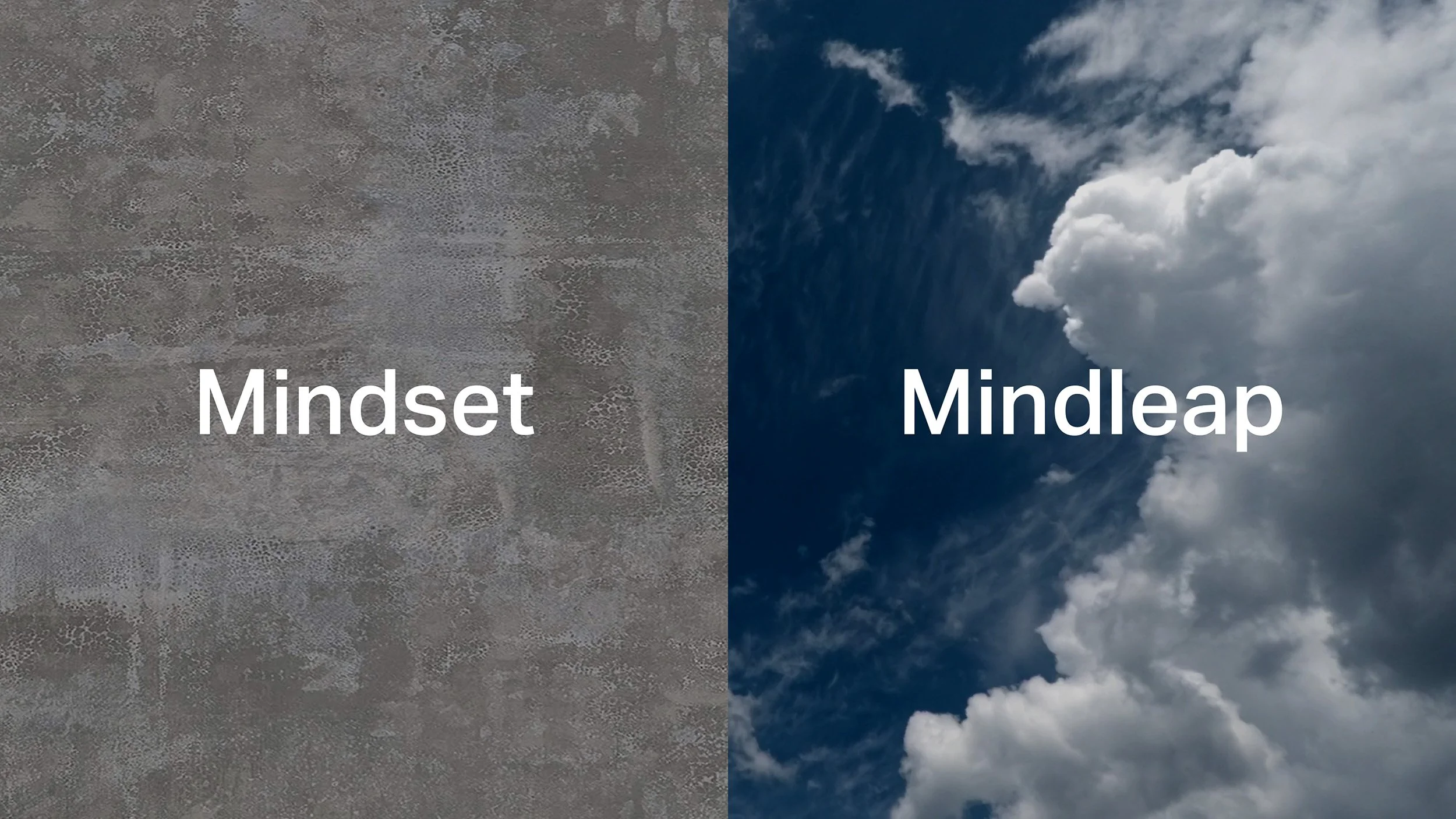
Avoiding Decisions
Have you ever noticed how strategy conversations often remain stuck in abstract terms? What at first sounds like strategic big-picture thinking, can rapidly become subconscious decision-making avoidance.
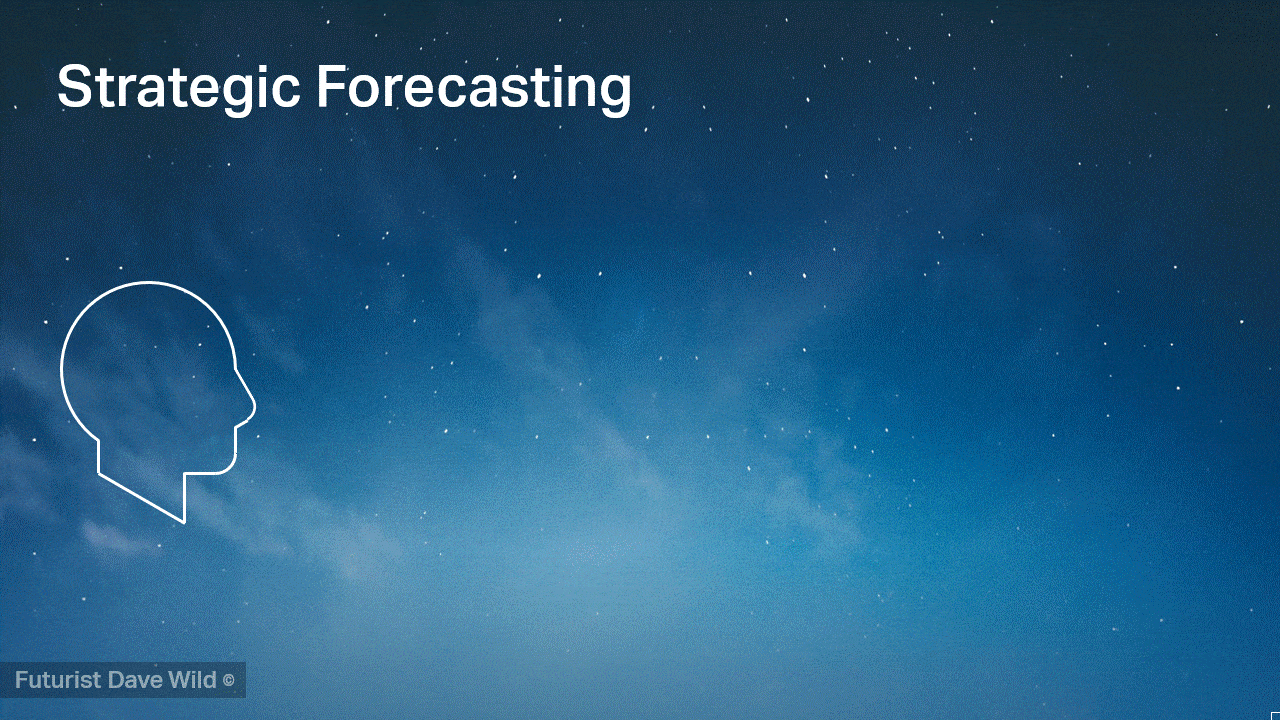
Backcasting
Will you make it to the end of this post? Possibly. Possibly not. In uncertain times, scenario planning is a critical aspect of strategy development.
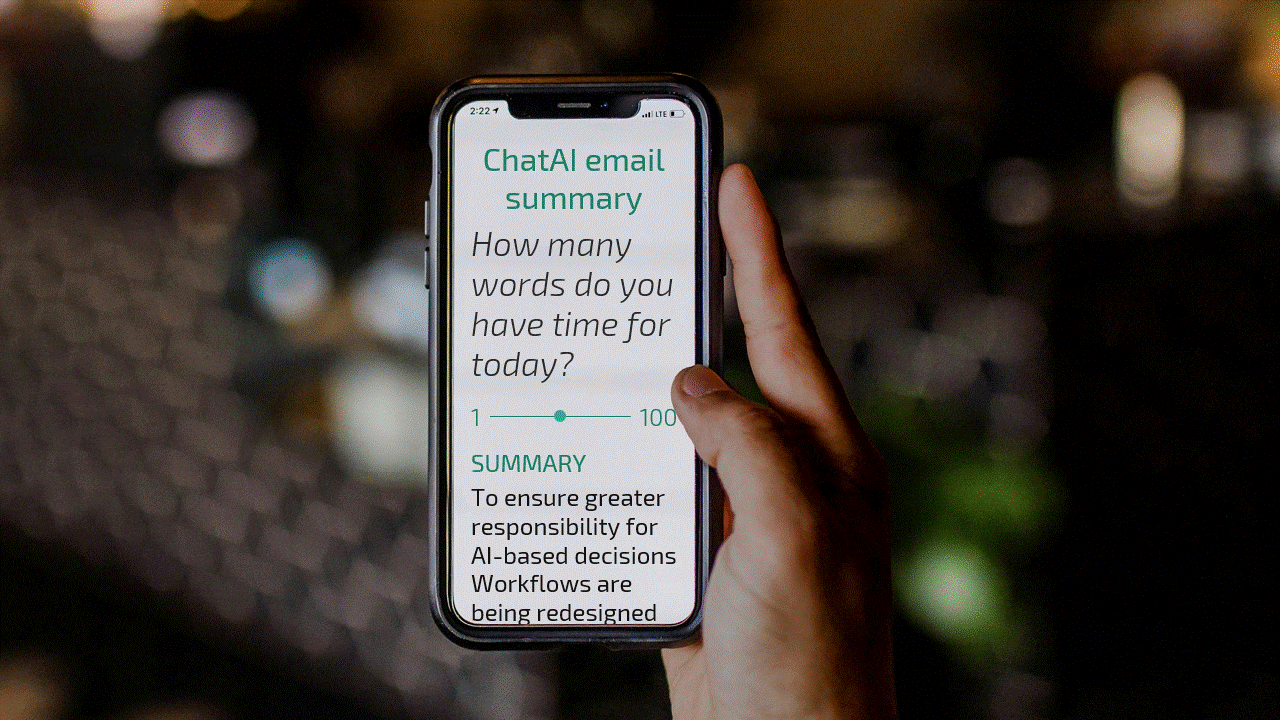
Summarise Intelligently
Have you ever clicked to confirm you’ve read the full terms and conditions… without actually reading them?! In other words, are you human?

Strategically Tactical
I imagine this isn’t the first time you’ve heard of planning a strategy day. What about a tactical hour? It’s common to admire leaders for being strategic. While it’s rare to aspire to be known as a tactical leader.
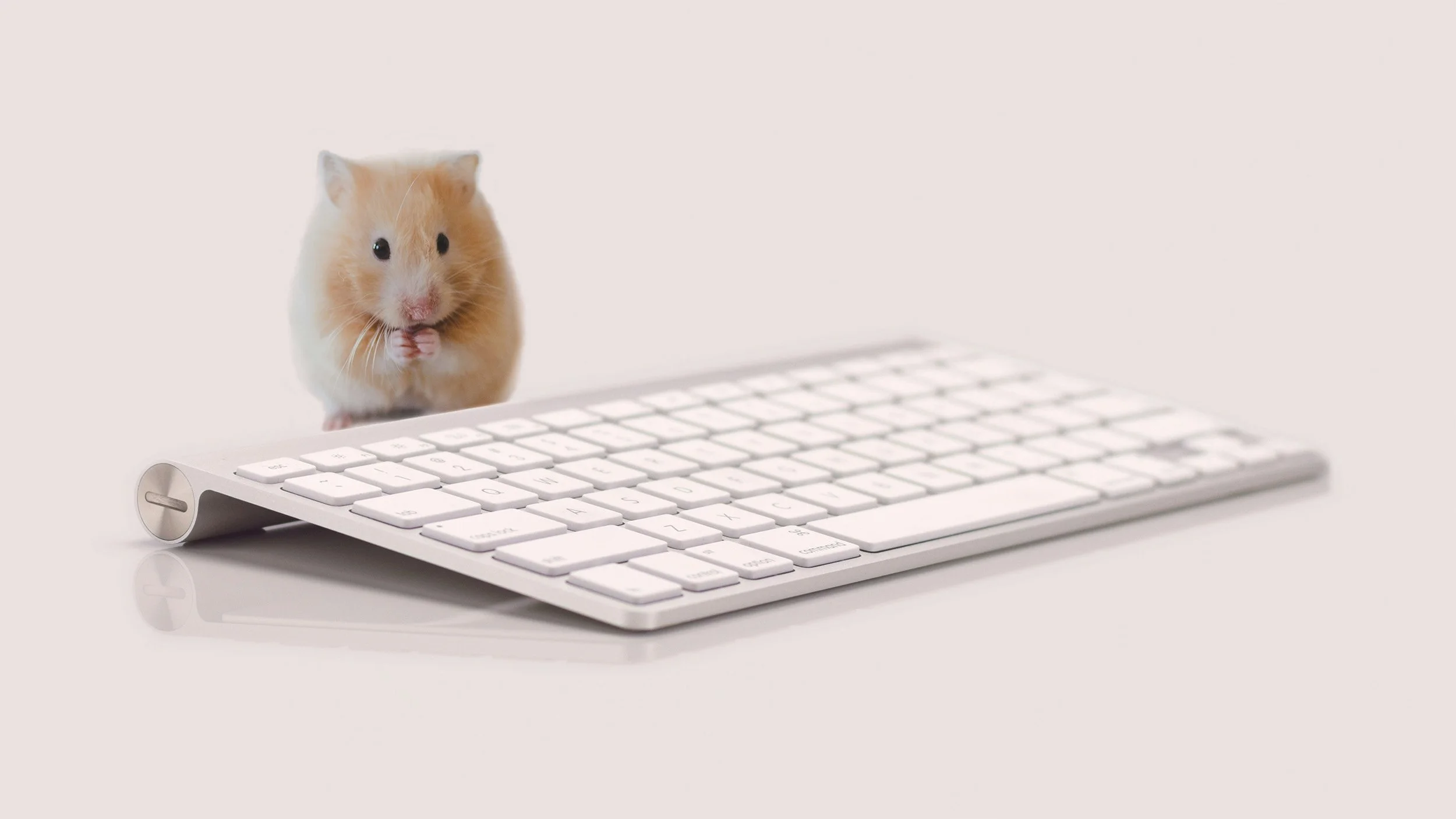
An agent is not an agent
Language is constantly evolving. As our world changes, so too can the meaning of words. From mice to mobiles, we use existing words to help explain new technologies.
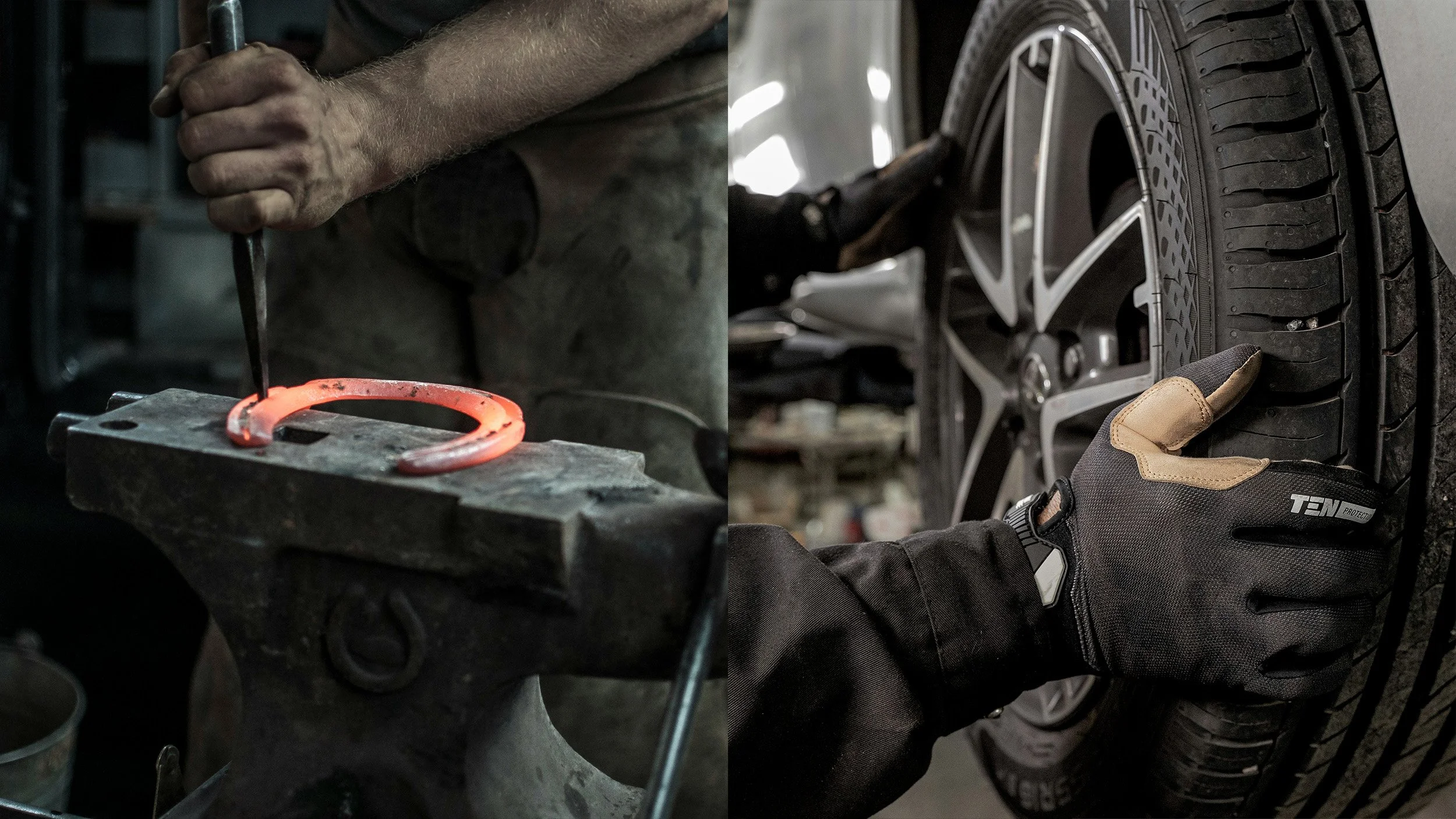
New Horsepower
Which is the more common profession – blacksmith or tyre technician? Without even looking at the data or asking your AI research agent for guidance, I suspect you already know the answer.
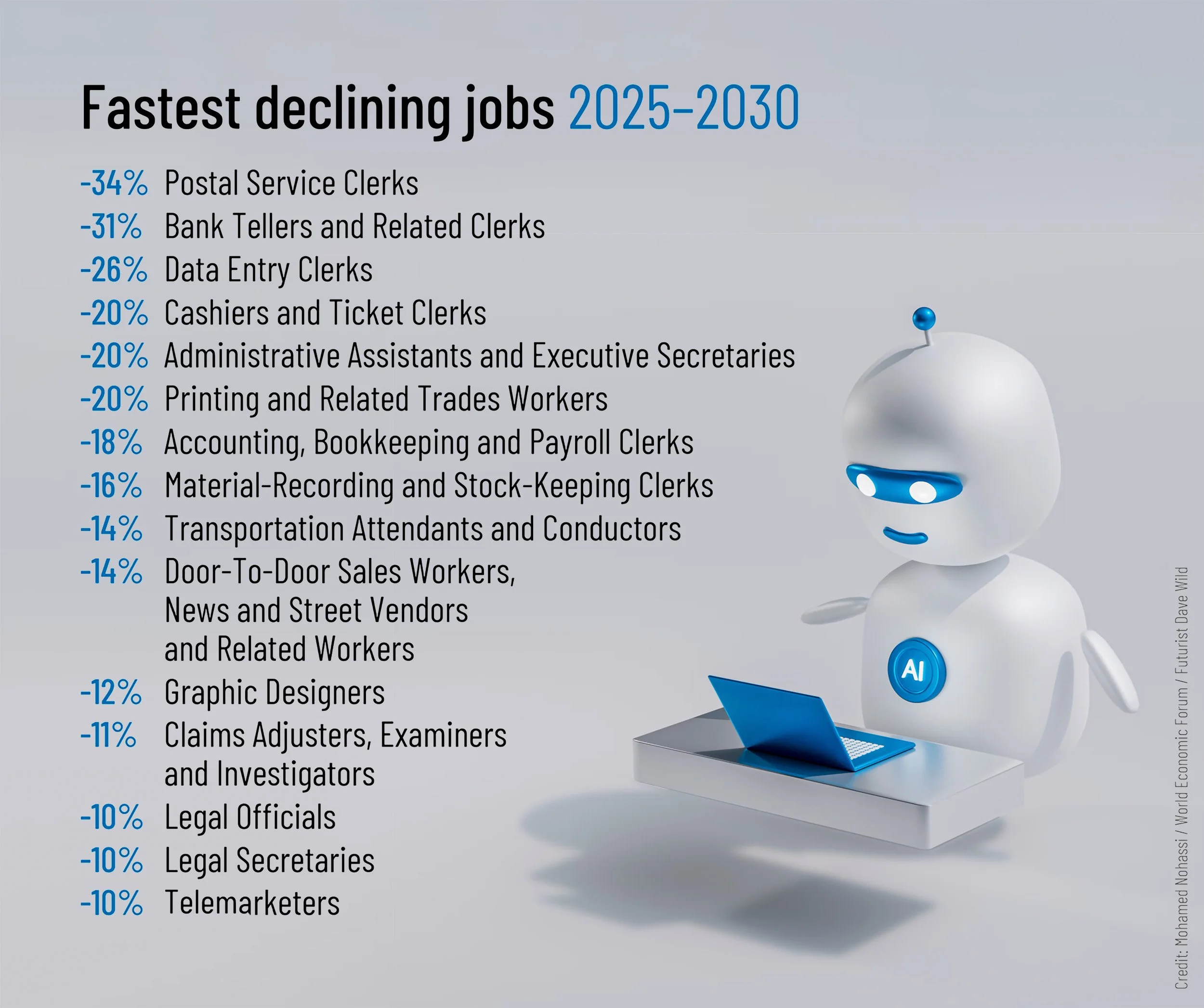
Disappearing Jobs
How likely is your job to disappear? The numbers are in – but the truth may be very different than your job’s result suggests.

Your AI Co‑worker
Who’s reading this email first – you or your AI co-worker? If your answer is yourself, quite likely that’s not the case. Your hard‑working AI colleagues have already done their job.

High-Performance Thinking
It’s all too easy to get overwhelmed by the fast pace of change. Until you shift your perspective and realise that fast change happens slowly.

Changing Change
People don’t like change. Or so it’s often said. In a way that implies this is an indisputable fact. Often said by people trying to preserve the status quo. I can prove that the reverse is true.

Greater Capabilities
AI makes mistakes. People make mistakes. Are we really that different? Yes. We. Are. The way we think and reason is fundamentally different.

Nudge Forward
In the olden days, like last year, I’d learned that AI requires careful prompting. Giving it a persona and detailed directions. As a result, my standard guidance when asking AI to proofread was…

Uniquely You
What makes you uniquely you, is you. There’s no one else who thinks like you. Who sees the world like you. Who’s lived the life you’ve lived. Who knows what you know.

A Quick Slow Note
Which meeting would you rather be in: “Okay everyone. We only have 60 minutes and we’ve got a lot to get through. I know everyone’s busy so let’s quickly get on with planning…”

Lead AI Strategically
If the definition of strategy is a plan of action to achieve major aims, what’s your AI strategy?

Adaptive Leadership
Adapting to changing conditions requires being comfortable with new ideas that do not make sense. At first.

Transformative Capabilities
From a caterpillar to a butterfly. A truly remarkable transformation. Except for the fact that this is not the full story. An incomplete picture.